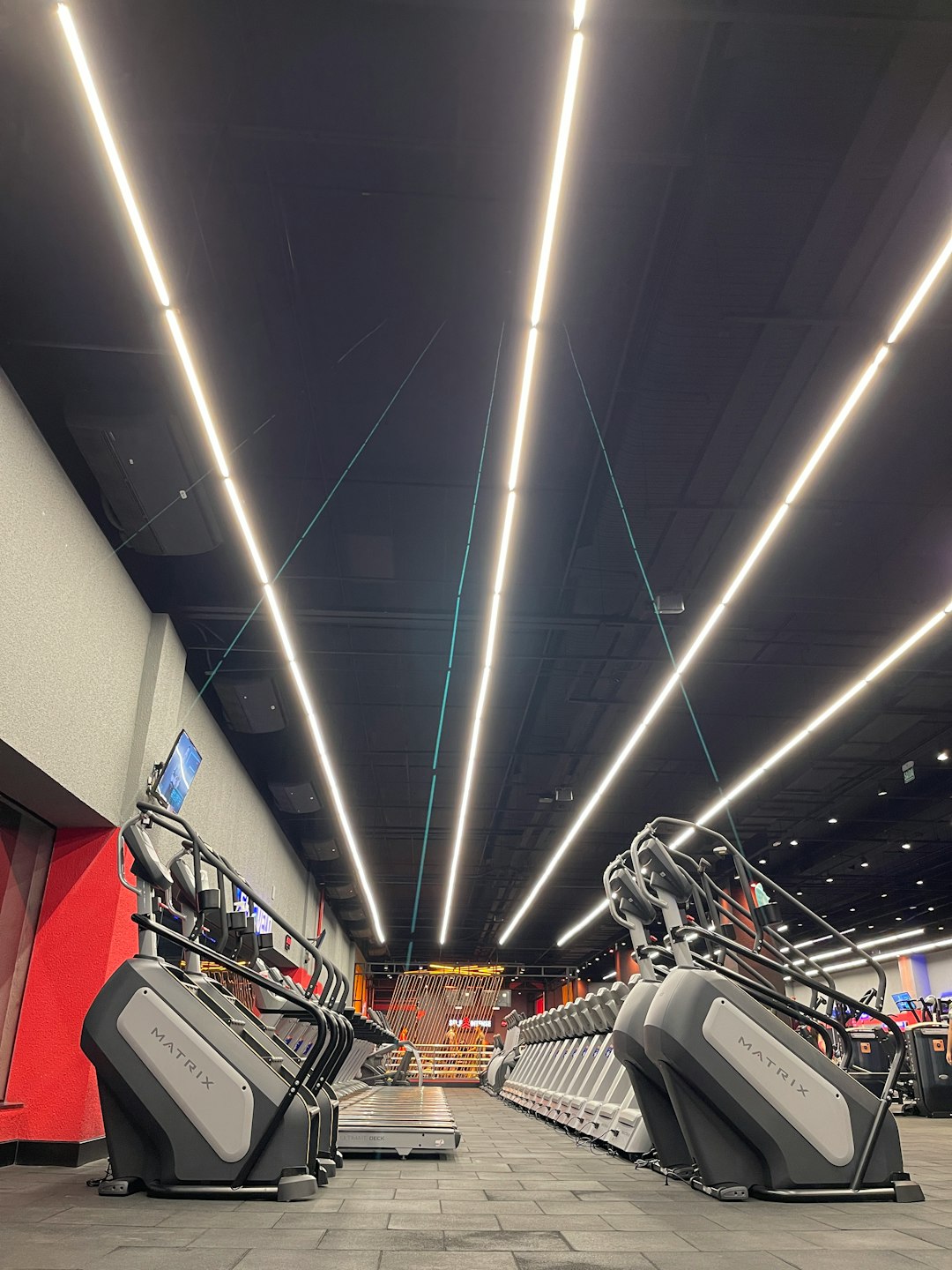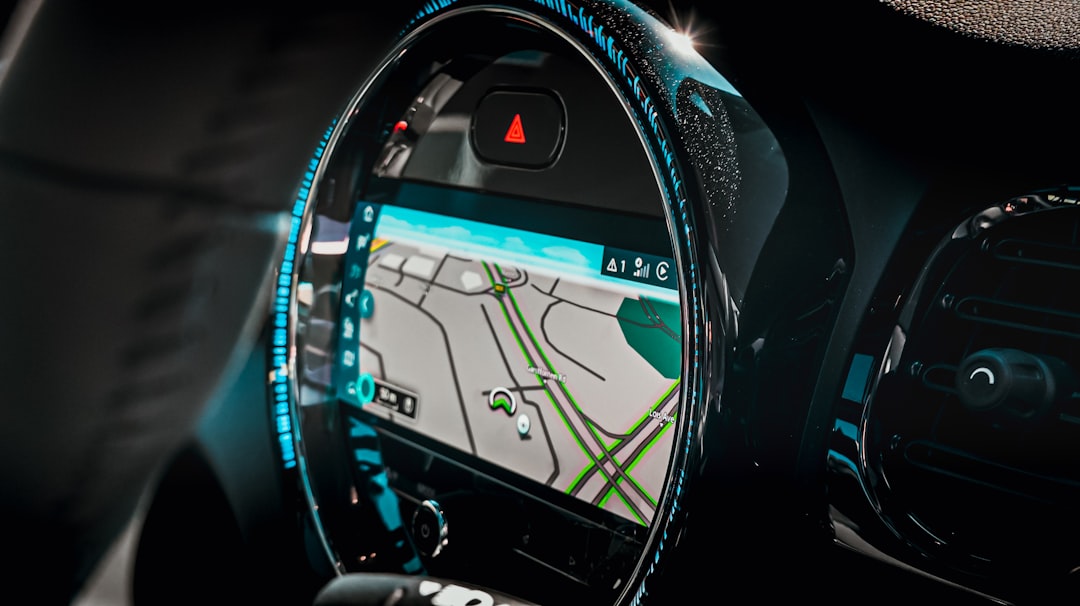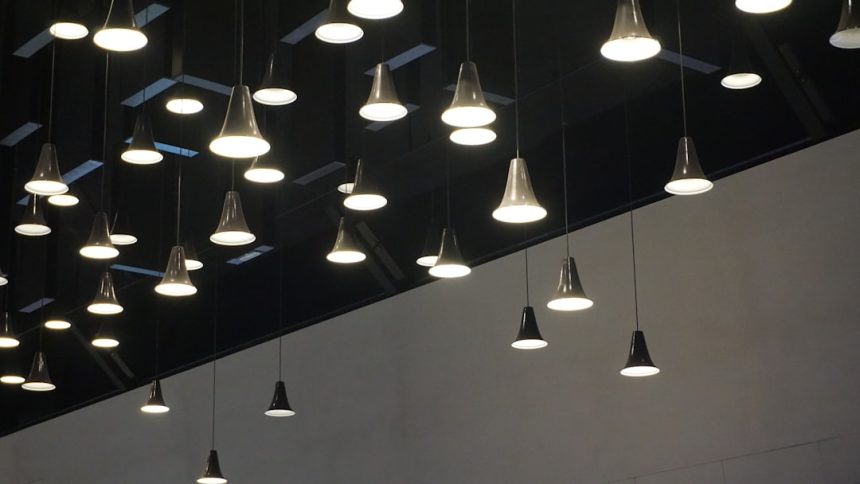As the digital revolution continues to influence consumer behavior, brick-and-mortar businesses are striving to keep up by integrating technology within physical spaces. One of the most transformative innovations for the retail sector is LED-based indoor navigation. This technology enables precise in-store positioning using LED lights and smart devices, creating a seamless and interactive shopping experience.
What is LED Indoor Navigation?
LED indoor navigation utilizes the visible light emitted from LED fixtures to transmit a unique identifier to smartphones or tablets. These identifiers allow an app on the customer’s mobile device to detect the user’s position with a high degree of accuracy—sometimes as precise as 30 centimeters. This system, often categorized under visible light communication (VLC), combines illumination with data transmission to serve both functional and technological purposes.
The most common method involves embedded sensors or cameras in smart devices that can interpret light signals produced by modulated LEDs on the ceiling. These signals are undetectable to the human eye but act as digital location markers. Once a user’s exact location is known, the app can guide them through the store, offer product information, or deliver personalized promotions.

Benefits for Shoppers and Retailers
Enhanced Customer Experience
- Effortless navigation: Customers can easily find specific products, departments, or services in large or busy retail stores without needing staff assistance.
- Personalized promotions: Based on users’ location and preferences, promotional messages and discounts can be sent in real time.
- Reduced shopping time: Efficient routing allows customers to optimize their time in the store and avoid unnecessary wandering.
Operational Efficiency for Retailers
- Customer behavior insights: Retailers gain actionable data on how customers move and interact within the store space.
- Targeted marketing: Businesses can create location-aware marketing campaigns tailored to individual shopper journeys.
- Energy efficiency: LEDs consume less energy compared to traditional lighting, offering additional savings.
How the Technology Works
The core of LED indoor navigation is a combination of visible light communication, sensor fusion, and software algorithms. Here’s a brief overview of the steps involved:
- Emission: LED lights emit modulated light signals that can encode data without altering brightness or color perceived by the human eye.
- Detection: A smartphone or tablet with a front-facing camera or light sensor detects these modulated signals.
- Processing: The app decodes the light signal and identifies the coordinate location of the user inside the store.
- Interaction: Real-time guidance, maps, and push notifications are provided based on this location data.

Case Studies and Real-World Applications
Several major retailers have already integrated LED indoor navigation into their physical stores. For instance, a leading European supermarket chain installed a navigation system to help customers locate over 20,000 different products in large-store formats. The result: an increase in customer satisfaction and a notable improvement in the average shopping basket size.
Similarly, a prominent home improvement store in the United States experimented with LED navigation to help DIY shoppers find tools and supplies faster. By simply typing in the name of a product, users could follow a route illuminated on their device, taking them directly to the desired aisle and shelf.
Challenges and Considerations
Despite its advantages, there are several challenges that retailers need to address before implementing LED indoor navigation systems:
- Infrastructure costs: Upgrading lighting systems to VLC-compatible LEDs can be expensive, especially for larger stores.
- Compatibility: Not all smartphones are equipped to decode VLC signals; consumers must have a compatible device and app installed.
- Privacy concerns: The use of location-based data must comply with local data privacy regulations, such as GDPR or CCPA.
- Staff training: Employees may need support and training to help customers use the new in-store navigation tools effectively.
Future Potential and Integration
The future of LED indoor navigation is closely tied to the evolution of smart retail. As consumers become more reliant on mobile technology, integrating various IoT (Internet of Things) elements with indoor positioning will enable a fully interactive retail environment. Imagine an AI-powered assistant guiding users based not just on their physical location but also on their past purchases, mood, or items in their digital shopping lists.
Integration with technologies like augmented reality (AR) could also bring rich visual elements to in-store navigation. For example, virtual arrows on the screen could lead shoppers down specific aisles, or product reviews might pop up when scanning a product with a smartphone camera.

Conclusion
LED indoor navigation represents a significant step forward in bridging the online and offline retail experience. By accurately mapping the in-store environment and delivering customized, data-driven interactions, retailers can enhance customer satisfaction, streamline operations, and remain competitive in a rapidly evolving market.
Though there are hurdles to overcome, the promise of a smarter, more intuitive shopping environment is pushing many retailers to invest in this technology now—and those who do may very well define the future landscape of retail engagement.
Frequently Asked Questions (FAQ)
- Q: Do I need a special smartphone to use LED indoor navigation?
A: Most recent smartphones with a front-facing camera and access to the store’s mobile app can utilize LED indoor navigation. However, older devices may lack the necessary sensor compatibility. - Q: Is LED indoor navigation safe for my eyes?
A: Yes, the modulated light signals used for navigation operate at a frequency that is invisible and harmless to the human eye. The LEDs function like regular lighting. - Q: How accurate is LED indoor positioning?
A: Depending on the configuration and device sensitivity, LED indoor navigation can be accurate within 30 to 50 centimeters. - Q: Can the system work without an internet connection?
A: Some basic navigation functions might work offline once the data has been downloaded. However, real-time updates and personalized interactions typically require internet connectivity. - Q: What happens if the lights go out or malfunction?
A: The system is dependent on consistent lighting, so outages or dimmed lights may impact navigation. Backup systems can mitigate some of these risks. - Q: Are customers’ location data tracked permanently?
A: Ethical use of LED navigation includes anonymizing user data and discarding it after its intended use. Reputable retailers abide by privacy laws to protect consumer rights.


